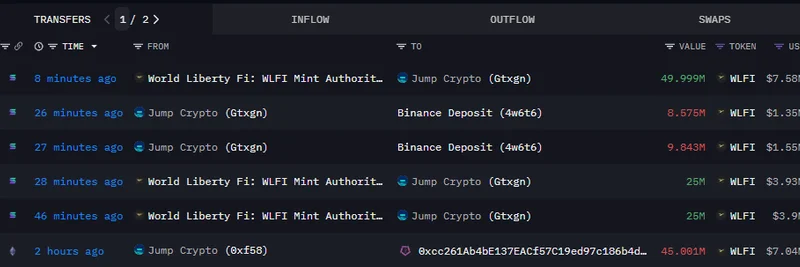Every time a massive crypto hack hits the headlines—like the recent ones draining millions from DeFi protocols—the crypto community buzzes with the same idea: "Just offer the blackhats a 10% bounty to return the funds!" It sounds straightforward, right? A win-win that keeps the exploiters from vanishing into the ether with everyone's money. But as Hari Krishnan, CEO at Cantina and a Solidity veteran, points out in his recent X post, the reality is way more layered. Let's break it down, especially for those of us knee-deep in the wild world of meme tokens where security feels like a luxury.
Hari's post, which has sparked lively replies from security pros and DeFi enthusiasts, challenges the bounty bandwagon. He argues that while 10% rewards to whitehats (ethical hackers) might seem fair play, they're not the silver bullet for stopping exploits or recovering funds. Here's why, in plain English.
Blackhats Don't Get Away Forever—But the Chase Is Costly
First off, the assumption that hackers can ghost forever? Not quite. Hari notes that unless you're backed by a nation-state's deep pockets, getting nabbed by law enforcement is just a waiting game. Motivated investigators, plus furious victims and even rival bounty hunters, make evasion tough. Take the infamous Mango Markets exploit from 2022: the perp, Avraham Eisenberg, was in FBI cuffs a mere 2.5 months later. He even bragged about it on podcasts—talk about hubris biting back.
But here's the rub for meme token holders: these quick arrests don't always mean quick fund recovery. Meme coins like $DOGE or $PEPE derivatives often live on rug-pull edges, where exploits can wipe out liquidity pools overnight. A 10% bounty might tempt a return, but if the hacker's already laundering through mixers or offshore exchanges, that cash is as good as gone.
The 10% Bounty Trap: Who Actually Pays?
Now, let's talk practicality. Most DeFi teams—and yeah, that includes scrappy meme token projects—don't have 10% of their total value locked (TVL) sitting in a rainy-day fund. Handing over that much could force a protocol shutdown, turning a bad situation into a death spiral. Imagine a hot meme coin like $WIF spiking to $1B TVL; coughing up $100M? That's not sustainable.
Worse, shifting the bill to users via a "haircut" (slashing balances to cover losses) is a legal minefield. As protocols attract big institutional money with fiduciary duties, this could unleash lawsuits galore. Sophisticated investors aren't here for IOUs—they want ironclad protection. For meme token devs bootstrapping on Solana or Base, it's even riskier; one exploit, and your community's trust evaporates faster than a pump-and-dump.
Replies to Hari's post echo this frustration. Security auditor Piyush Shukla questions why teams offer 10% post-hack but skimp on whitehat bug bounties beforehand, leaving ethical hackers with "pennies" while blackhats negotiate fat checks. It's a fair point—platforms like Immunefi already run bounty programs, but scaling to 10% TVL feels like overkill.
Insurance: The Real Shield for Crypto's Wild West
So, if bounties are a bust, what's the play? Enter insurance, the unsung hero emerging in DeFi. Hari spotlights how heavyweights like Galaxy Digital, a publicly traded firm, are stepping up with up to $1B in coverage for custodial assets. This isn't pie-in-the-sky; it's happening now, with protocols partnering with reinsurers like Lloyd's of London for scalable risk pools.
Think of it like car insurance for your meme portfolio: pay premiums upfront, and if a smart contract glitch (or a dev's fat-finger error) triggers a hack, claims kick in without drama. Tools like Nexus Mutual have been doing this for years, covering everything from oracle failures to governance attacks. For meme tokens, where virality outpaces audits, this could mean the difference between a temporary dip and total collapse.
Of course, insurance isn't flawless—it demands trust, volume, and solid risk assessment. Smaller meme projects might struggle to qualify, but as the market matures, expect more tailored covers. One reply even floats a "trolley problem" reframing: harm users with haircuts or chase the hacker? Insurance sidesteps that dilemma entirely.
Hari's take reminds us that crypto security isn't just code—it's economics, law, and human nature. In the meme token space, where $BONK or $MOG can moon on hype alone, ignoring these nuances invites disaster. Pro tip: If you're building or holding, prioritize audited contracts via Certik or PeckShield, and keep an eye on insurance integrations.
What do you think—bounties, insurance, or something bolder like on-chain recovery mechanisms? Drop your thoughts below, and stay safe out there in the blockchain jungle.


